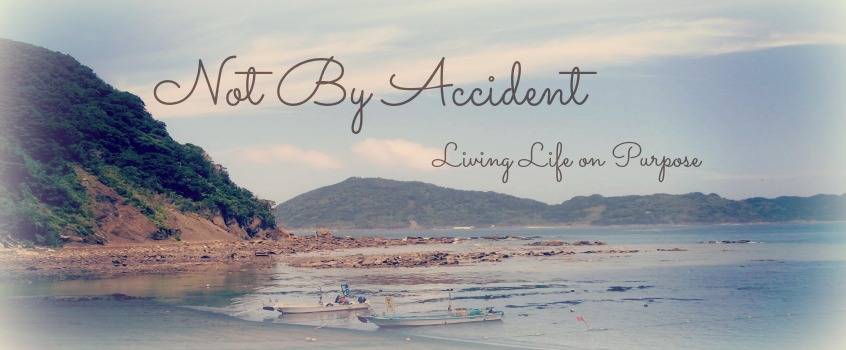The majority of my time was spent in the Gallipoli exhibit, as it was largest, but it had many other fascinating exhibits. I don't know what it is about war exhibits, but I find them so interesting. I enjoy history, and the exhibits make it far easier to stay engaged, they're also usually full of stories from the people living through the war.
There was a small exhibit on the New Zealand Wars (Rā Maumahara), fought between the Māori and European settlers in the 1860's and early 70's - it was quite sad to see the map of the Māori land lost:
There was also a fun section with New Zealand "trivia" which I found helpful. I knew that Kiwi's called flip flops "jandals" but could never figure out why, or from where the name came. Here were the ones I found most interesting:
- Vegemite: Invented by Australian Fred Walker, to compete with the British "Marmite". You probably hear the product name and don't think "New Zealand", but it turns out that Kiwis eat more Vegemite per person than Aussies.
- New Zealand: So where did the name come from exactly? "In 1642, Dutchman Abel Tasman charted our west coast. Dutch officials named this country Nieuw Zeeland, in honour of a province in Holland. Soon English, French, and Latin translations of the name appeared on maps in other European countries. By the early 1800s, our British settlers had adopted the English translation... Today we often call this country by its Maori name 'Aotearoa'."
- Jandals: "At the 1956 Olympic games in Melbourne, a Kiwi importer was inspired by the Japanese team's footwear. The first jandals were made in an Auckland garage... Japanese + Sandals. Today more people buy blue jandals than any other colour"
As an American, one of the strangest things about the celebration, or perhaps glorification, of the conflict in Gallipoli is that Australia and New Zealand (ANZAC) were defeated at Gallipoli. Defeat is not something usually memorialized, but it has been said that "the Gallipoli Campaign is said to be the reason for New Zealand's birth as an independent nation." You can read more about why it is so culturally important here. The exhibit progressed chronologically from the start of the offense in April 1915, to their eventual evacuation on December 15th. "For eight long months, New Zealand troops, alongside those from Australia, Great Britain and Ireland, France, India, and Newfoundland battled harsh conditions and Ottoman forces desperately fighting to protect their homeland." There were a total of 2,779 New Zealanders that lost their lives in this particular campaign. Compared to the 86,692 Ottomans who died (there were 130,842 deaths between all the countries fighting in the battle), one would assume the Turks had lost.
Additional Gallipoli sources quoted: The Gallipoli Campaign









No comments:
Post a Comment